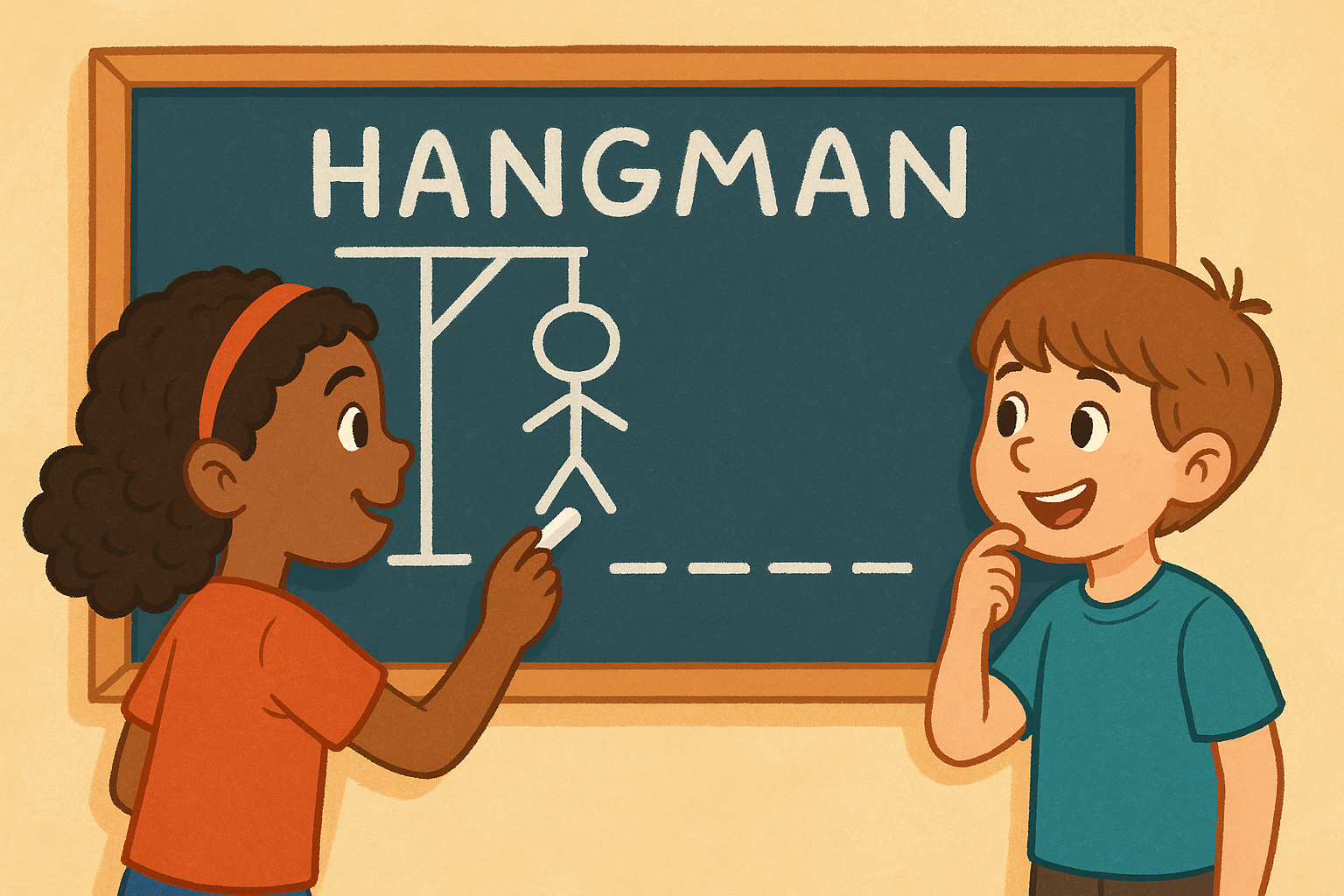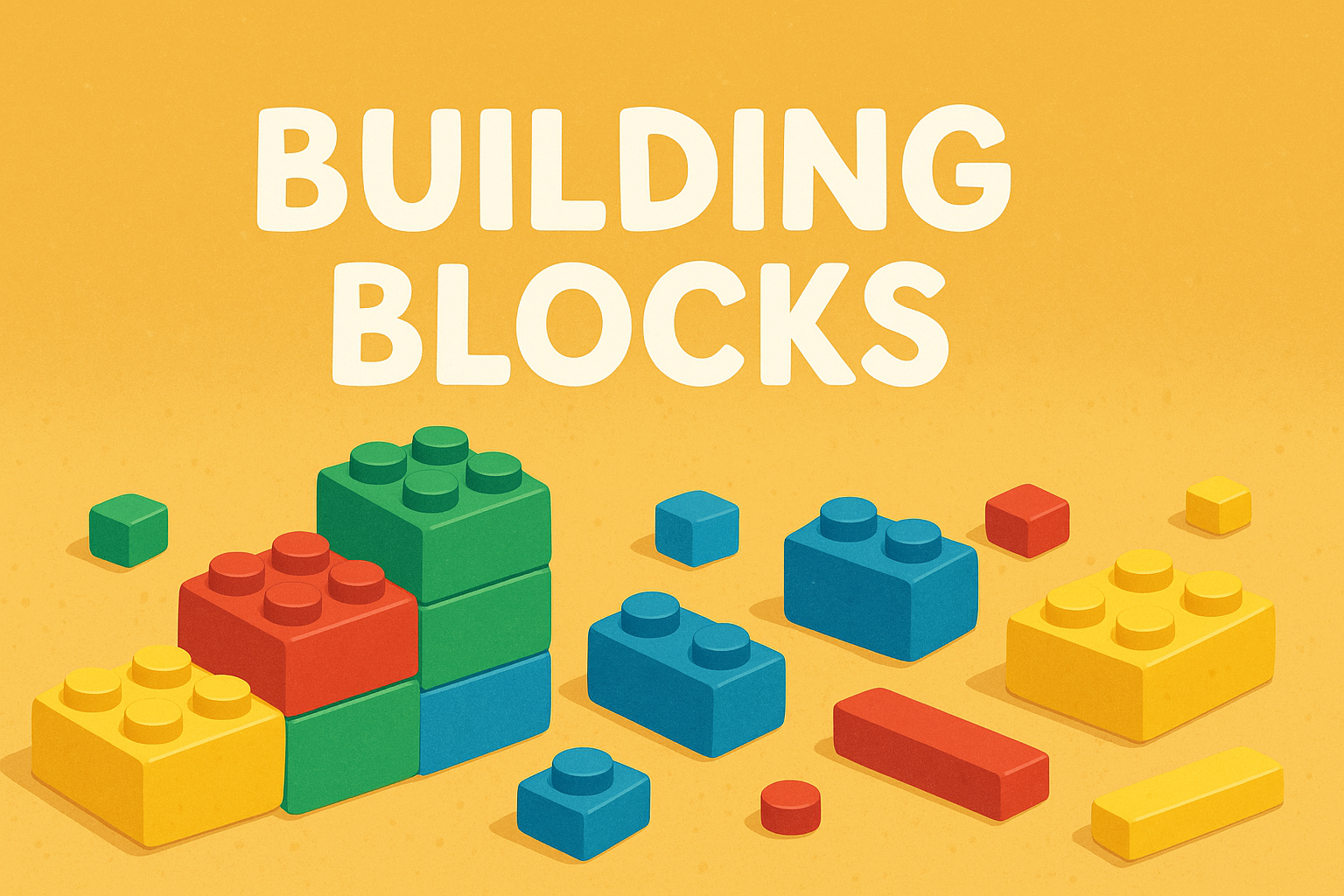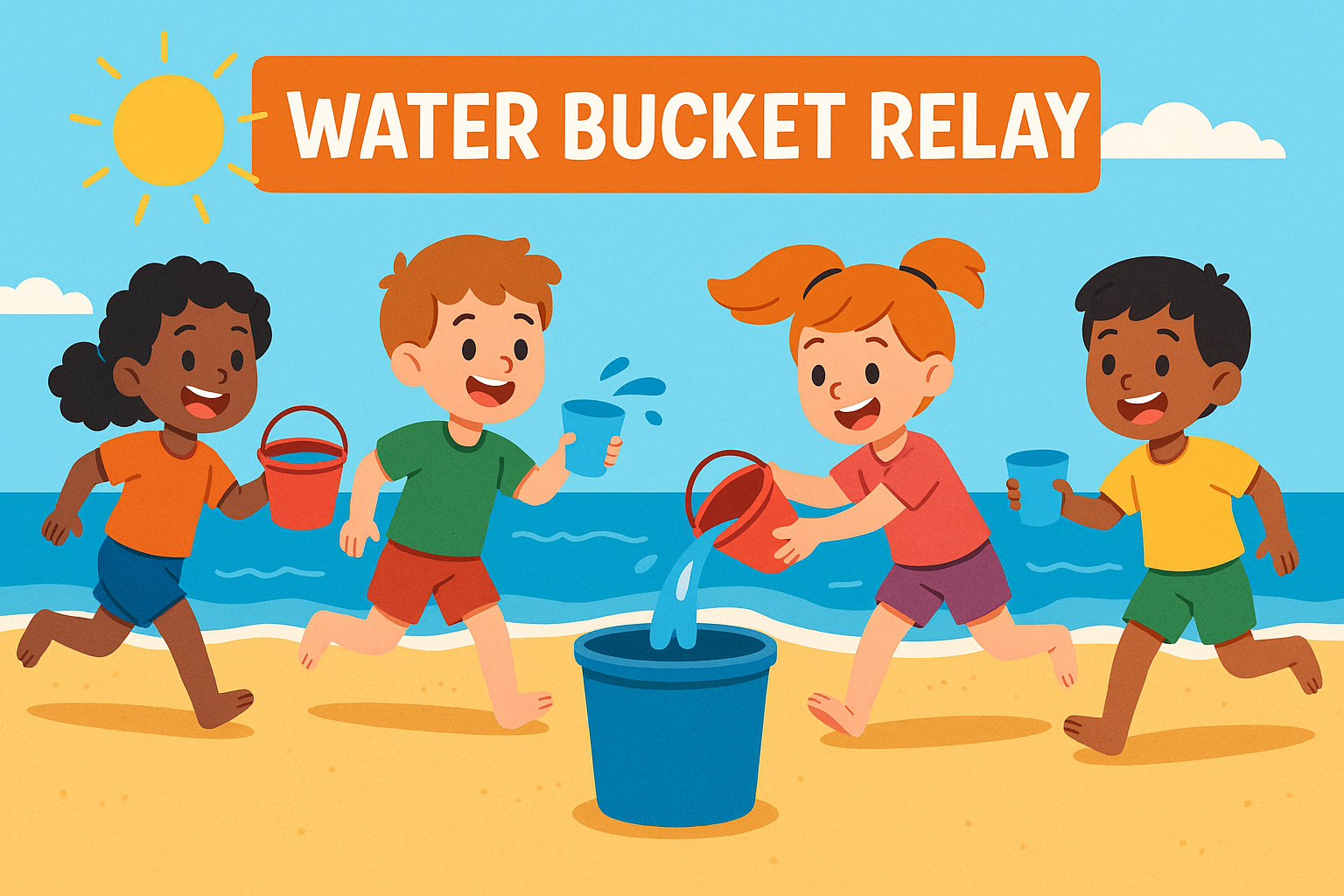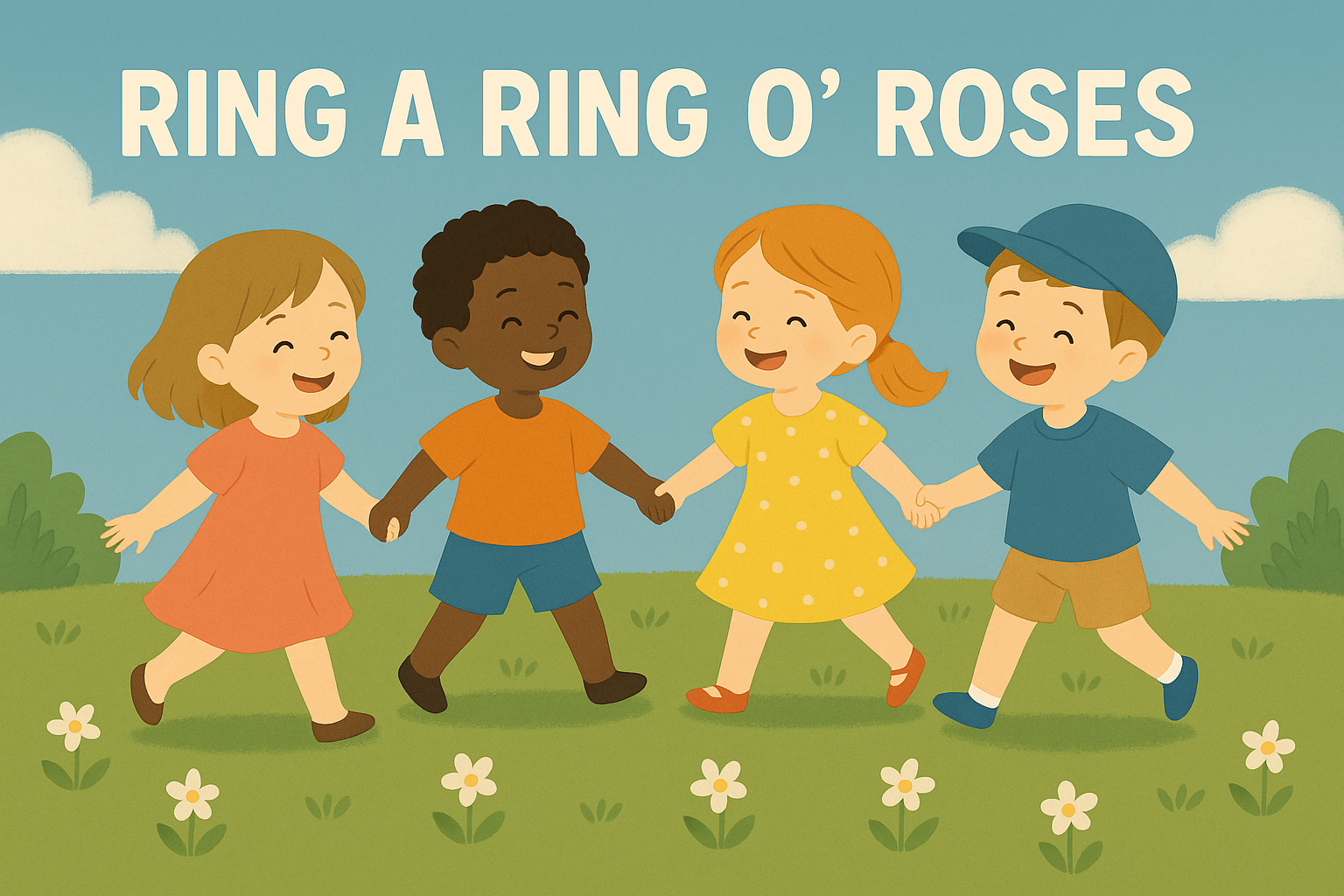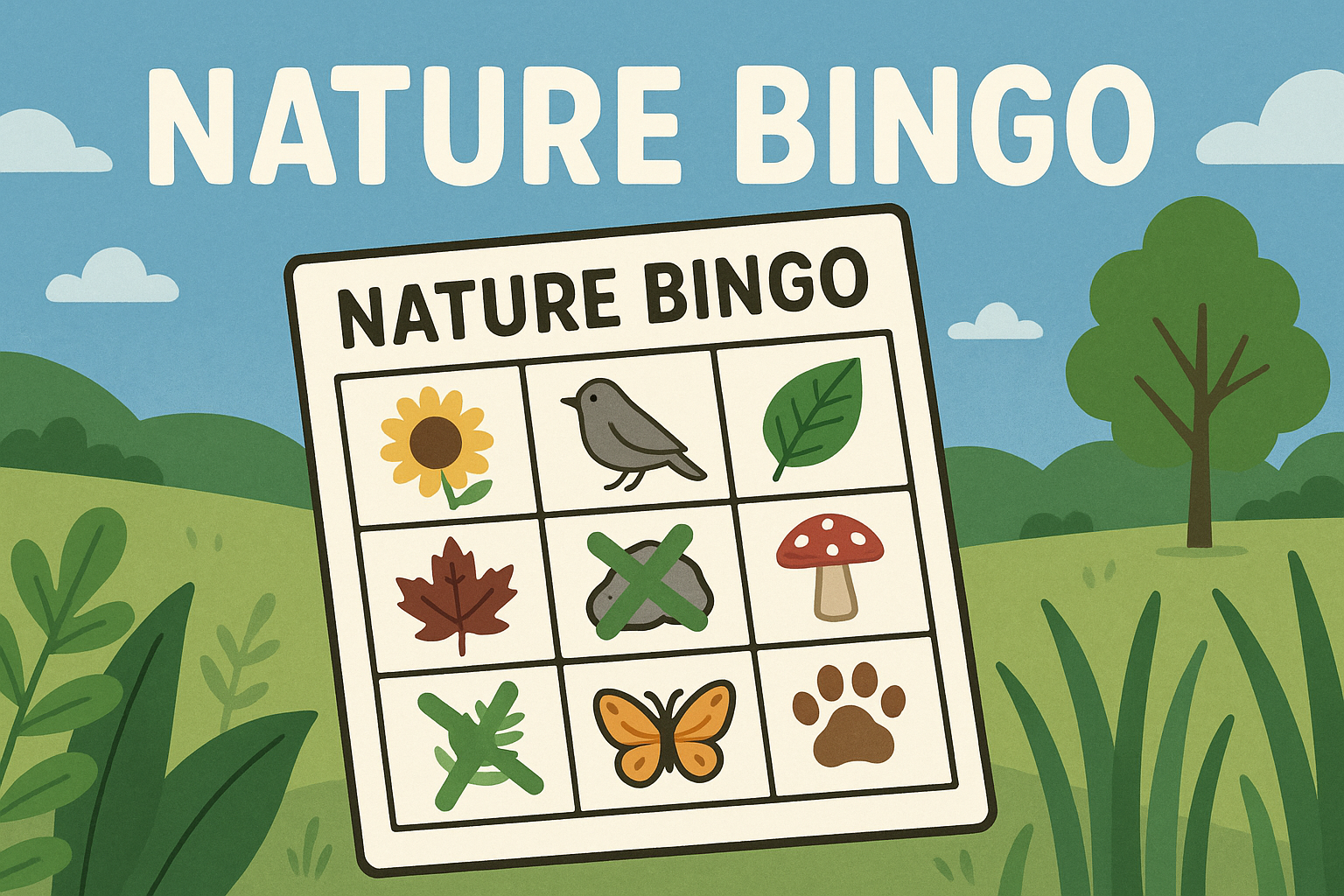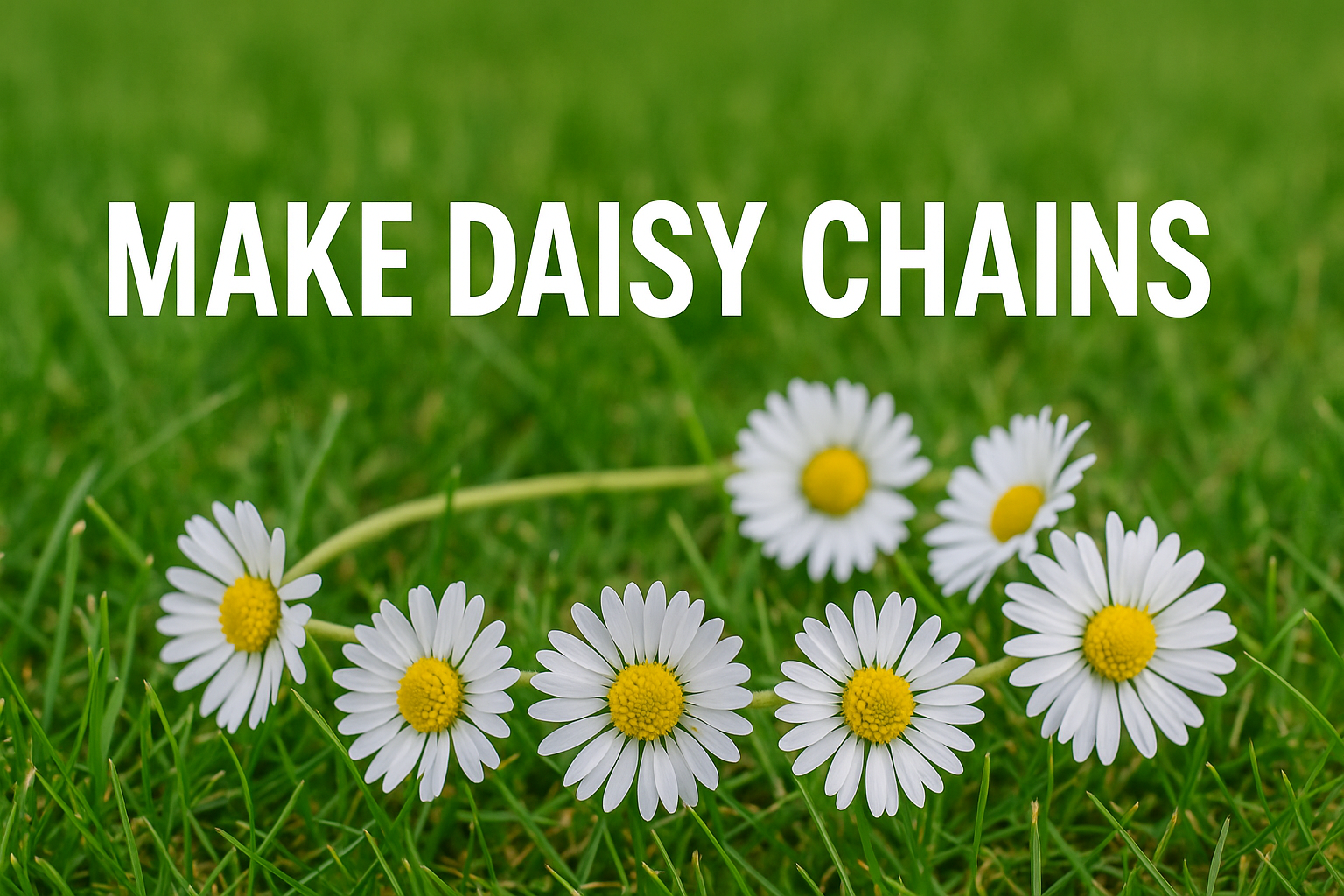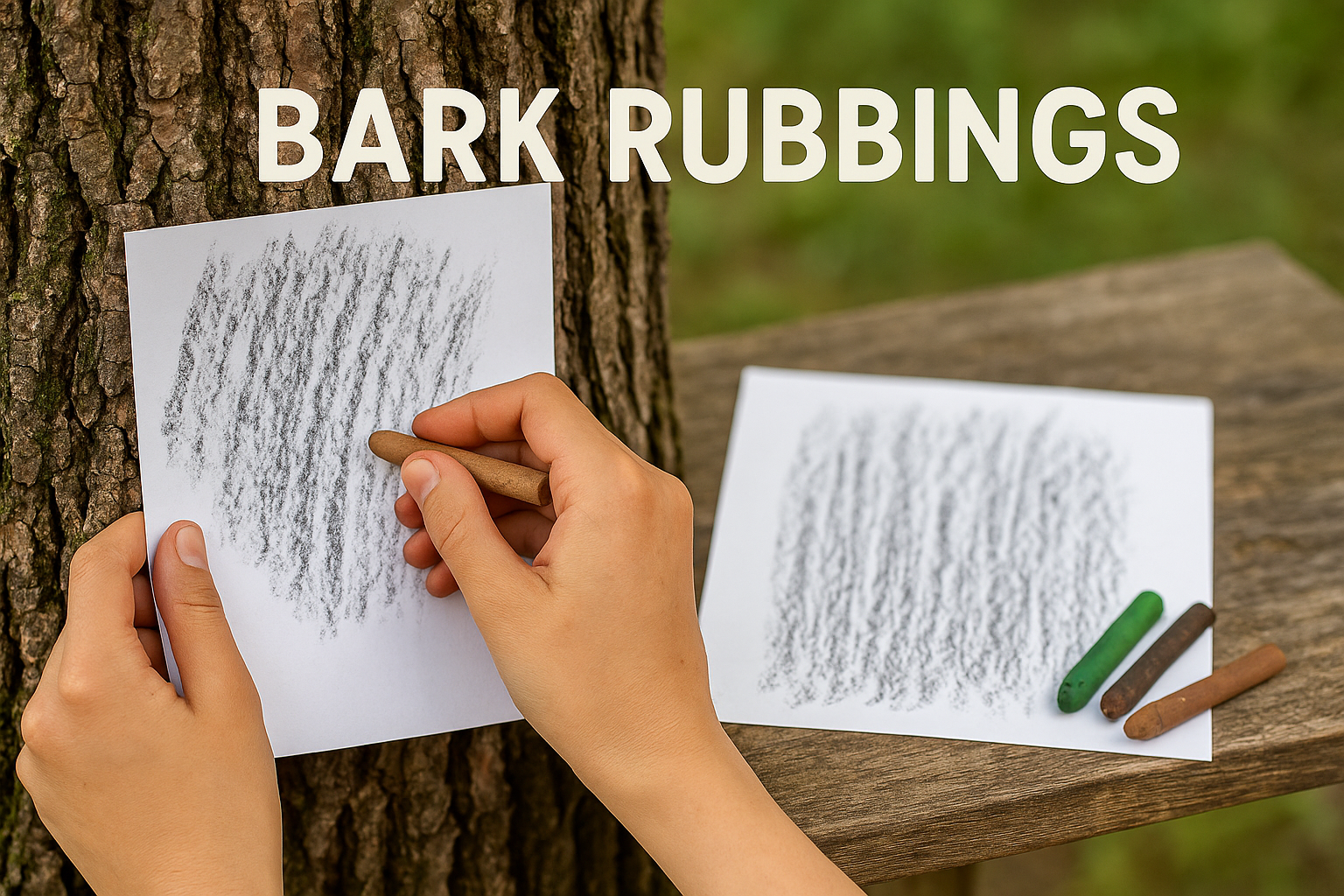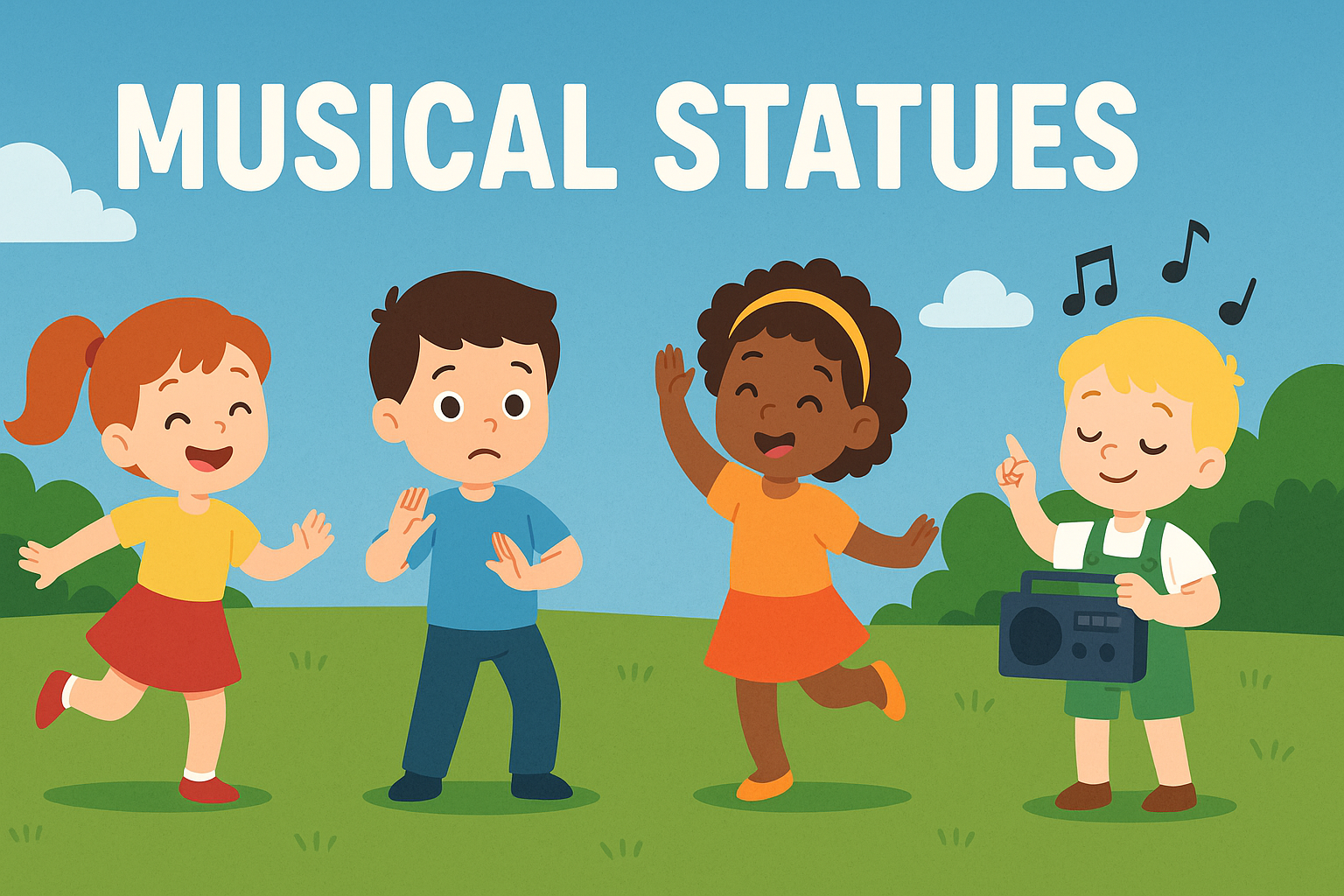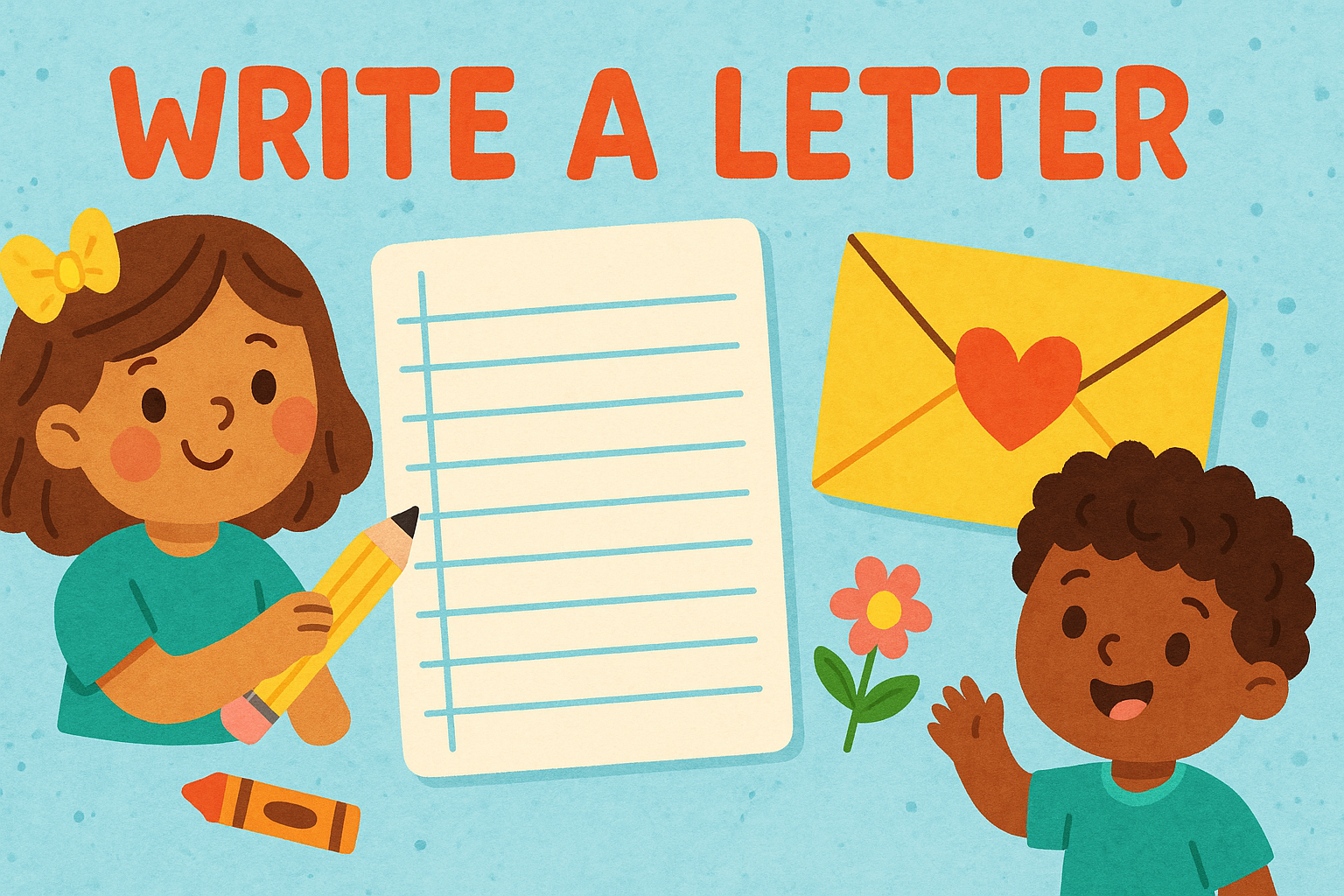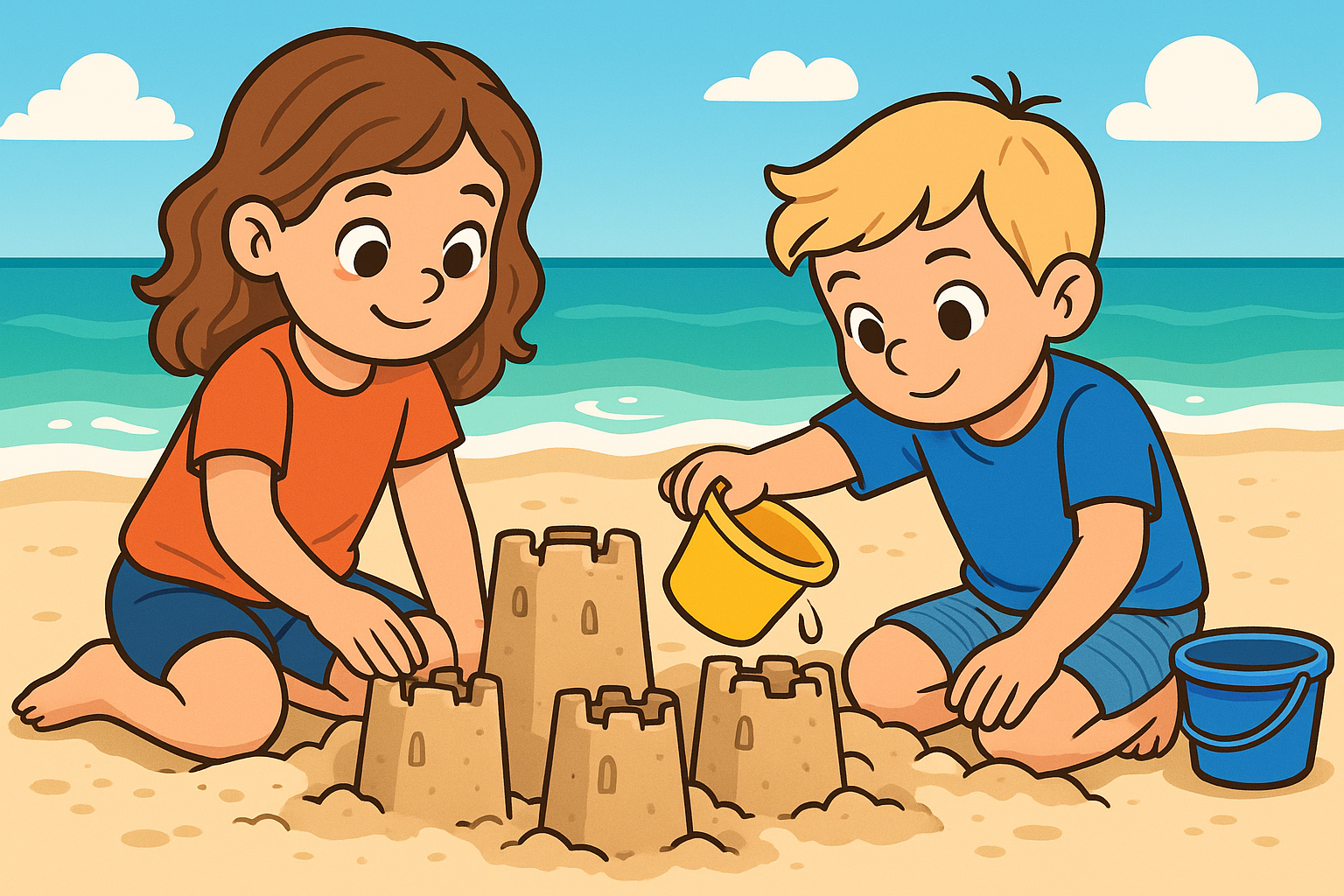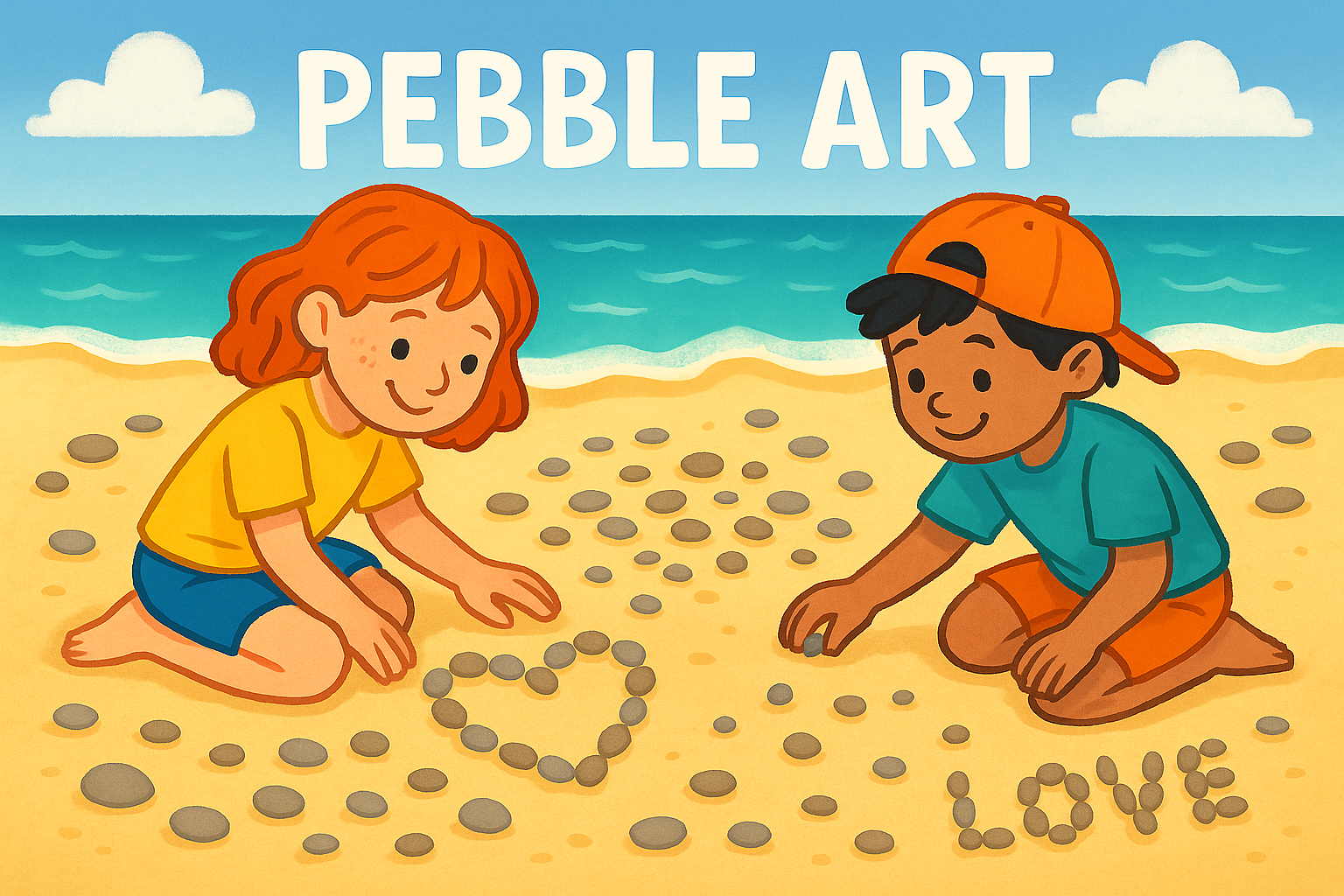Hangman is a simple, well-loved word guessing game that’s great for practising spelling, expanding vocabulary, and developing problem-solving skills. With just paper and a pencil, children can work on language skills while enjoying the challenge of solving the mystery word.
The game is easy to adapt for different reading levels, and it can be played almost anywhere — at home, in restaurants, or even while waiting in the car.
Materials Needed
- Paper or small whiteboard
- Pen, pencil, or marker
Tools Needed
- None
Steps
- Choose a Word
One person thinks of a word and draws blank spaces for each letter on the paper. - Start Guessing
The other player guesses letters one at a time. - Fill In or Add a Part
If the guessed letter is correct, write it in all the right spaces. If not, draw one part of the hangman figure (or an agreed alternative—see below). - Keep Playing
The game continues until the word is complete or the drawing is finished. - Switch Roles
Swap over so everyone gets a turn choosing and guessing words.
Variations
- Kid-Friendly Drawing: Instead of a hangman, draw something gentler — e.g. a rocket ship, flower petals, or a funny monster, adding one part for each wrong guess.
- Word Themes: Pick a theme together (animals, food, holidays) to make guessing a bit easier.
- Team Play: Work together as a family to solve trickier words.
- Timed Rounds: Set a timer to add a little extra excitement for older kids.

